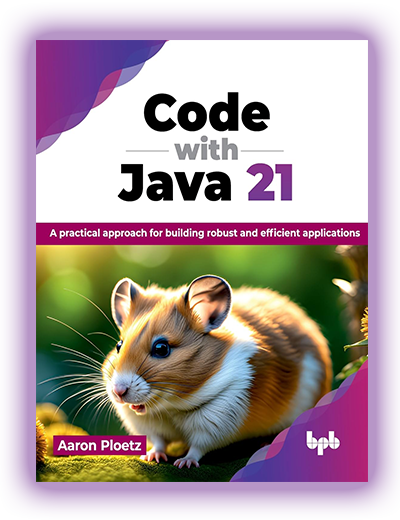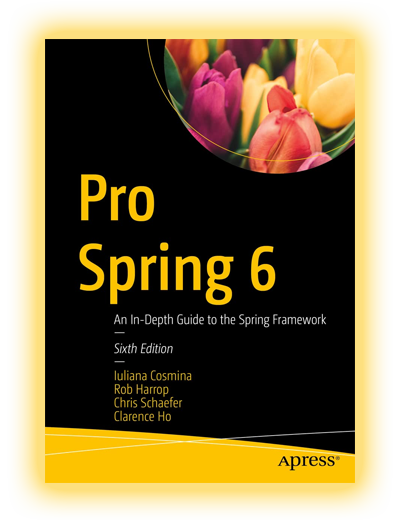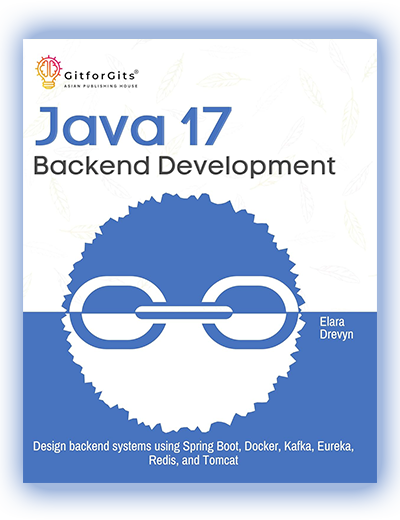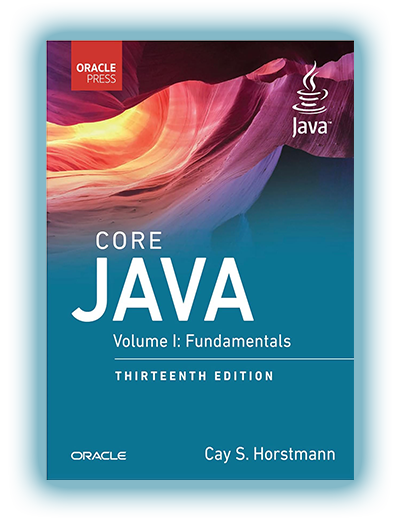"Testing Spring Boot Applications Demystified" is considered one of the most comprehensive and practical manuals on testing Spring Boot applications. The author - Philip Riecks, an expert and evangelist in Java testing, and the creator of the blog Testing Java Applications Made Simple - has built this edition as both a reference and a hands-on guide.
This textbook helps developers systematize testing practices, understand the common mistakes when using Spring Boot Test, and learn to design a testing architecture that is both reliable and performant. The guide thoroughly explores pitfalls of annotations (@Mock, @MockBean, @SpringBootTest), context management, database integration, CI/CD, and test execution optimization.
A key strength of this manual is the inclusion of ready-to-use recipes and best practices that have been tested in real projects and applied by professionals.
Why Is It Important to Read This Edition?
Testing Spring Boot applications seems simple at the beginning, but in reality, teams often face issues: long build times due to frequent context reloads, mixing JUnit 4 and JUnit 5, misuse of @SpringBootTest, and errors in dependency mocking. The author organizes these problems and provides proven approaches to solving them.
Main advantages include:
- Clear explanation of the differences between unit, integration, and end-to-end tests.
- Detailed exploration of test slices and the use of @WebMvcTest, @DataJpaTest, @RestClientTest instead of overusing @SpringBootTest.
- Practical tips for speeding up tests by reusing context and configuring profiles correctly.
- CI/CD recipes with GitHub Actions, Testcontainers, and Docker.
- Concrete anti-patterns with explanations on how to avoid them.
This edition teaches not just how to “write tests,” but how to build a testing strategy that makes code more reliable, accelerates development, and boosts confidence in each release.
Who Should Study This Guide?
It is intended for anyone working with Spring Boot who wants to go beyond the basic level of testing. It is especially valuable for developers, DevOps engineers, and team leads responsible for product quality and delivery stability. Additionally, this manual is recommended for:
- Java developers working with microservices - to properly configure testing pipelines.
- QA automation engineers integrating tests into CI/CD.
- Architects designing testing strategies for large-scale projects.
- Mid- and senior-level developers dealing with slow builds and unstable tests.
- DevOps/SRE maintaining stability of pipelines and infrastructure.
- Beginner engineers seeking to learn best practices from the start.
As a result, this edition is regarded as an excellent resource for those who want to move from chaotic tests to a clear, reproducible, and efficient testing system.
How Is the Knowledge Applied in Practice?
After reading, you will be able to design a proper test pyramid for Spring Boot while avoiding common pitfalls. Practical recipes help integrate Testcontainers for working with real databases in integration tests, speed up builds through context caching, and correctly separate tests by levels and profiles.
You will also learn how to automate testing in GitHub Actions and other CI/CD systems. Every recommendation is verified in practice and applied by professionals, making the guide useful not only for learning but also for daily team work.
More About the Author of the Book
The Developer's Opinion About the Book
The author explains complex concepts in simple terms without oversimplifying. I particularly value the section on the difference between @Mock and @MockBean: in projects, I have often seen developers confuse these annotations, leading to unstable tests. Here, everything is clarified.
This manual helped me restructure my testing strategy: I now use test slices (@WebMvcTest, @DataJpaTest) instead of loading the entire context with @SpringBootTest. As a result, test execution time in my project has nearly halved. I also highlight the section on Testcontainers - a key to reliable integration testing.
Overall, this edition serves well as a developer’s desk reference: its recommendations are proven in practice, applied in real projects, and elevate code quality. I highly recommend it to anyone working with Spring Boot who wants to design testing in a systematic way.
Alexander Moore, Java Developer
FAQ for "Testing Spring Boot Applications Demystified"
1. How does this manual differ from other Spring Boot testing resources?
Most articles and tutorials on Spring Boot testing stop at demonstrating @SpringBootTest and JUnit. Unlike them, Philip Riecks digs deeper: he explains real pitfalls from production code, shows why careless annotation use leads to slow and unreliable tests, and provides systematic recipes. He shares his personal project experience and examples from Stack Overflow, where he answered hundreds of testing-related questions. The edition also includes sections on test optimization, CI/CD, and proper code organization - rarely found in other resources.
2. What major mistakes in testing Spring Boot are covered in this textbook?
The author highlights five critical mistakes: incorrect use of @Mock and @MockBean; overuse of @SpringBootTest; absence of tests or purely formal ones; poor context management (lack of caching, duplicated profiles); and mixing JUnit 4 with JUnit 5. Each mistake is explained in detail with code examples, consequences, and alternative solutions. For example, he demonstrates the differences between unit and integration scenarios as substitutes for misused annotations, and explains why @SpringBootTest should be reserved for full-stack tests only.
3. How does the guide help speed up testing and reduce build times?
One chapter is dedicated to optimization. Philip Riecks explains the Spring TestContext caching mechanism, which allows reusing already loaded contexts across tests. He illustrates a case where build time was reduced from 25 minutes to 9 minutes by aligning profile configuration. The guide also stresses test separation: unit tests run instantly, while integration tests can be parallelized with JUnit 5. He provides Maven Surefire and Failsafe plugin configurations for managing test strategies effectively.
4. Does the edition provide recipes for integration testing with databases?
Yes. The author covers Testcontainers extensively for PostgreSQL and other databases. He demonstrates how to spin up containers during test execution, automatically clean data, and ensure reproducible scenarios. This approach replicates real production conditions, avoiding issues with in-memory solutions like H2, which often behave differently. Additionally, migration tools (Flyway, Liquibase) and profile configurations for integration tests are explained. This content is especially valuable for teams that want to increase trust in their integration tests.
5. How does the author explain test integration into CI/CD pipelines?
The edition includes practical examples with GitHub Actions. Philip Riecks shows how to configure matrix builds for multiple Java versions, cache Maven dependencies, and use Docker and Testcontainers in integration tests. A full YAML workflow is provided, detailing compilation, testing, and deployment stages. He explains secret management and Docker image deployment to Kubernetes or cloud services. This makes the manual not only theoretical but also a practical guide for embedding tests into team workflows. Particularly useful for DevOps and engineers building end-to-end delivery pipelines.
Information
| Author: | Philip Riecks | Language: | English |
| Publisher: | Leanpub | ISBN-13: | - |
| Publication Date: | 4 July 2023 | ISBN-10: | - |
| Print Length: | 474 pages | Category: | Java Books |
Get PDF version of "Testing Spring Boot Applications Demystified" by Philip Riecks
Support the project!
At CodersGuild, we believe everyone deserves free access to quality programming books. Your support helps us keep this resource online add new titles.
If our site helped you — consider buying us a coffee. It means more than you think. 🙌

You can read "Testing Spring Boot Applications Demystified" online right now!
Read book online* →*The book is taken from free sources and is presented for informational purposes only. The contents of the book are the intellectual property of the author and express his views. After reading, we insist on purchasing the official publication on Amazon!
If posting this book in PDF for review violates your rules, please write to us by email admin@codersguild.net




